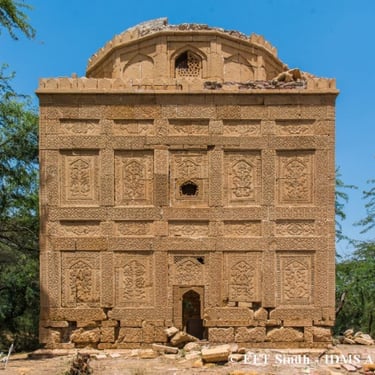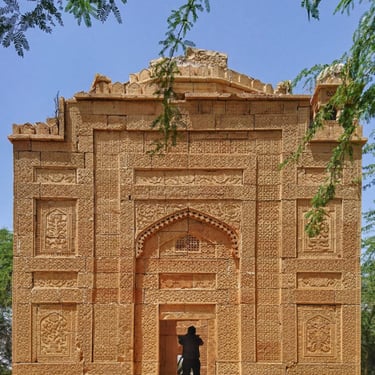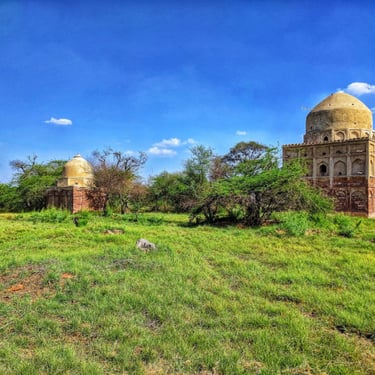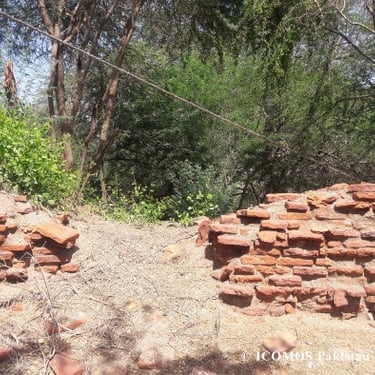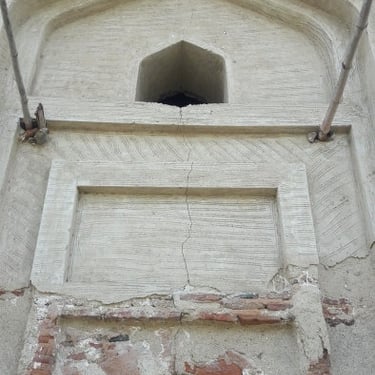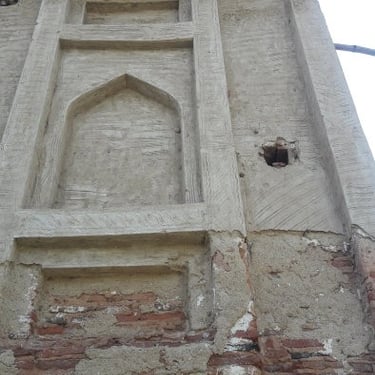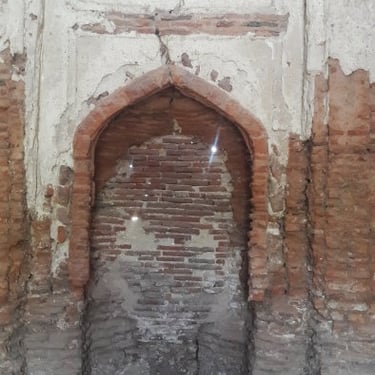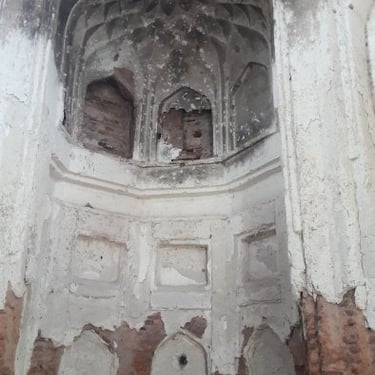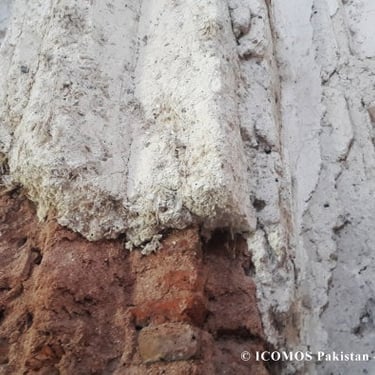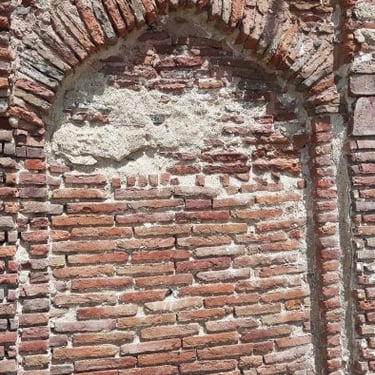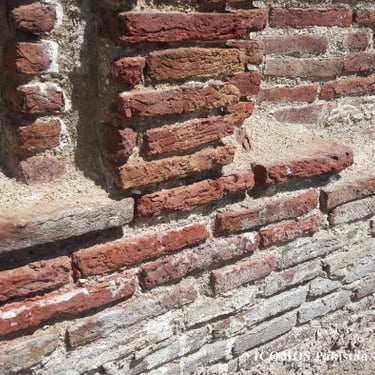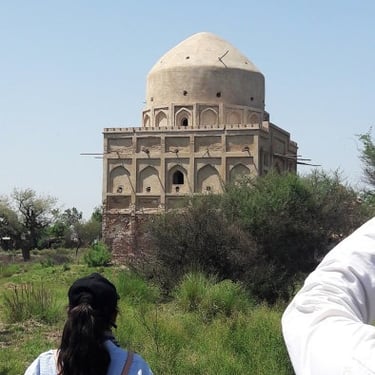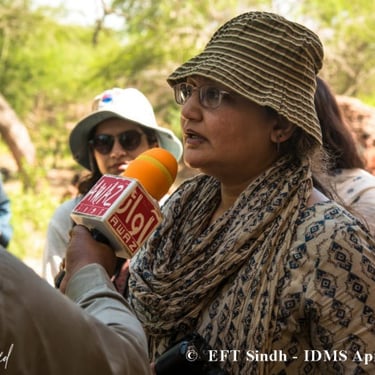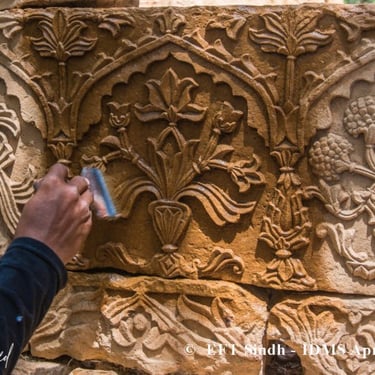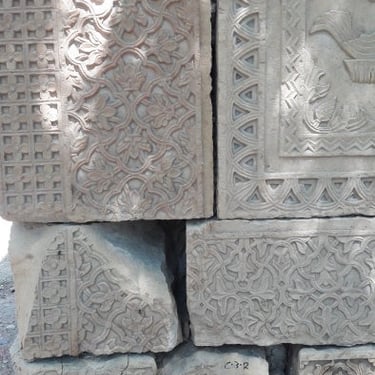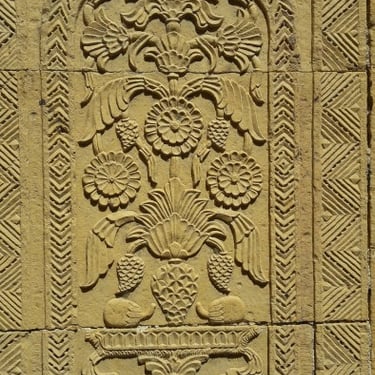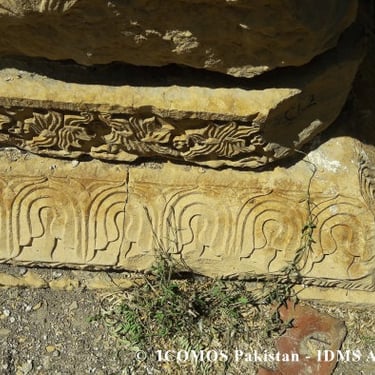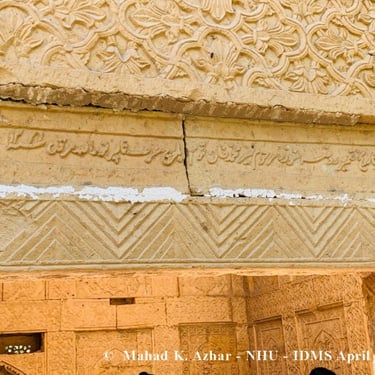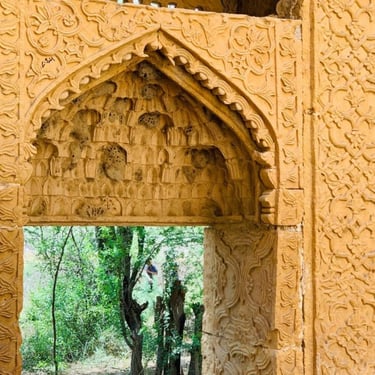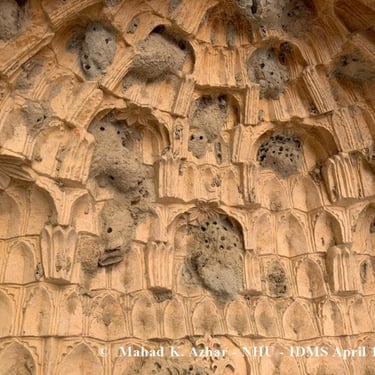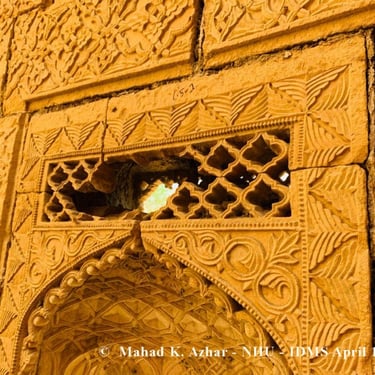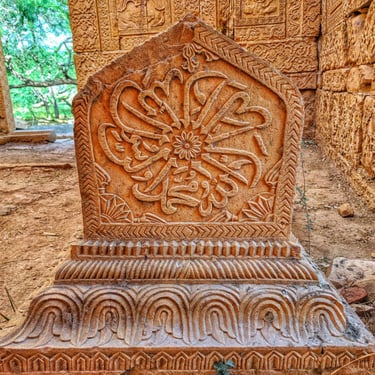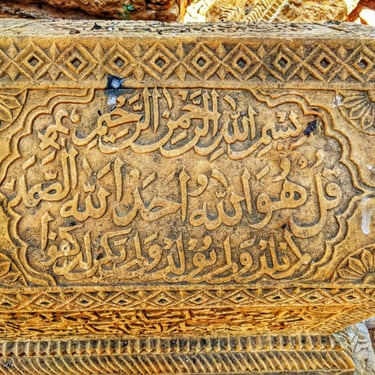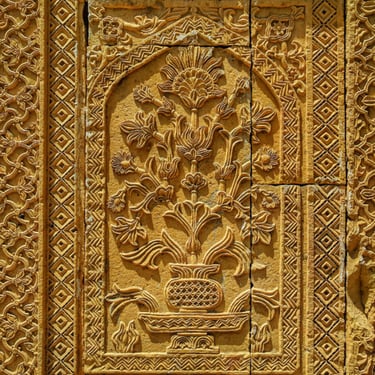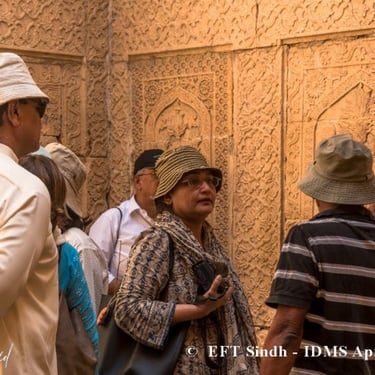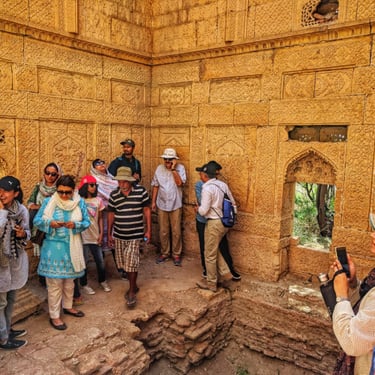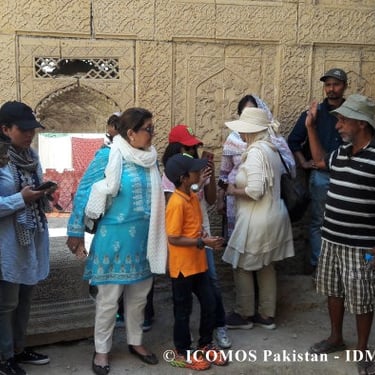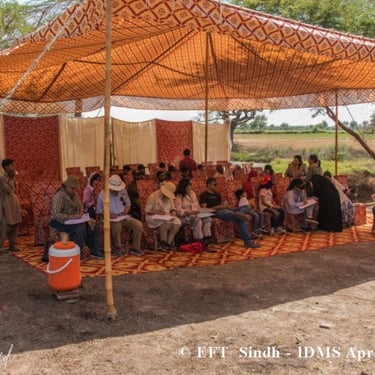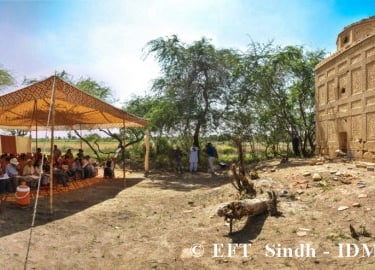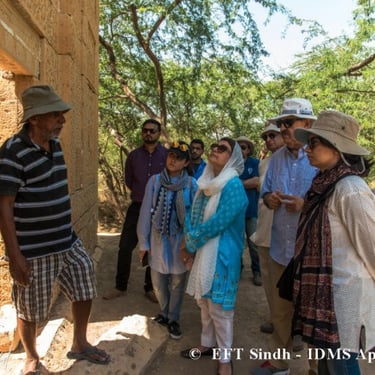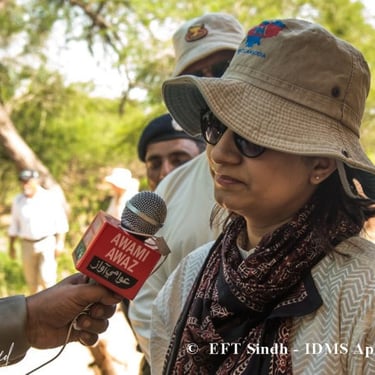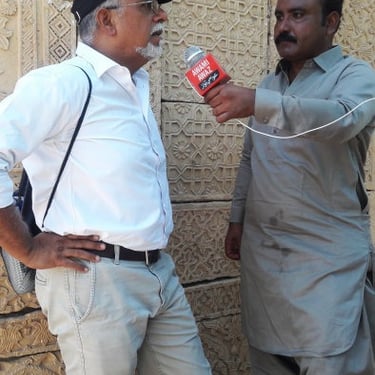International Day of Monuments and Sites 2019
Blog post description.
4/18/20194 min read
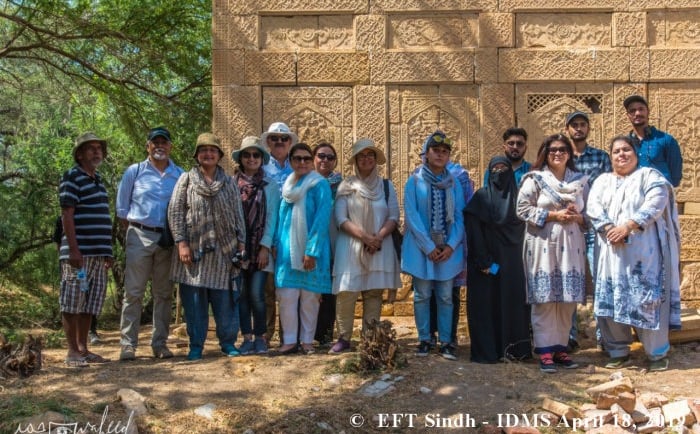

April 18 is observed as the „International Day of Monuments and Sites‟ (IDMS) annually around the world. This day for recognition of historic sites was established by ICOMOS in 1982 and ever since celebrated in numerous ways to promote cultural heritage and raise awareness about its significance as well as its vulnerability. The global commemoration of the day aims to call for the attention to the need of conserving monuments and sites as the national cultural identity. ICOMOS Pakistan Secretariat commemorates the day on regular basis by arranging variety of events including lectures, seminars, newspaper articles, tours of historic sites, etc. involving people from various heritage related fields; mainly focusing on the theme of that year as announced by ICOMOS. This year the theme of IDMS was Rural Landscapes. In the ICOMOS “Principles Concerning Rural Landscapes as Heritage”, adopted by the ICOMOS General Assembly in 2017, rural landscapes are defined as “terrestrial and aquatic areas co-produced by human-nature interaction used for the production of food and other renewable natural resources, via agriculture, animal husbandry and pastoralism, fishing and aquaculture, forestry, wild food gathering, hunting, and extraction of other resources, such as salt. Rural landscapes are multifunctional resources. At the same time, all rural areas have cultural meanings attributed to them by people and communities: all rural areas are landscapes.” Rural landscapes encompass an increasing accumulation of tangible and intangible heritage which is in constant adaptation to environmental, cultural, social, political and economic conditions. They are the most common type of continuing cultural landscape.
This year as per the theme on Rural Landscapes; a field excursion was mutually organized by ICOMOS Pakistan Secretariat at Department of Architecture and Planning, NED University of Engineering and Technology, Heritage Cell – DAPNED and Endowment Fund Trust for the Preservation of Heritage of Sindh (EFT), to the rural site of “Fateh Bagh Graveyard” in Tando Muhammad Khan, District Badin. The site is distantly located approximately 190km away from Karachi and at around 4 hours drive – one way. An open call for the participation was announced by a formal invitation (as attached below) from ICOMOS Pakistan platform. The excursion was joined by a good number of heritage conservationists, architects, students, faculty members and their kids.
The town of Tando Mohammad Khan is accessible via M-9 National Highly, whereas the site of the graveyard can be accessed 1.5km to the south of Mast Qalander Rice mill from the main Matli Road on an unpaved route in between the agricultural fields. The graveyard belongs to Mir Muhammad Talpur, popularly known as "The Lion of Sindh" who belonged to the Mirpurkhas house of the royal Talpurs. The town of Tando Muhammad Khan is named after his Excellency who also happens to be the last ruler of Talpurs before the British annexation. The date mentioned on the graves is from 12th/13th A.H, referring to the 18th Century C.E. The graveyard consists of only five tomb structures and no single graves, denoting its standing as a royal cemetery. Three of the tombs are surviving at present in relatively not a good state of preservation whereas the other two have entirely collapsed. Only the tomb of the Mir can be identified due to its title and the significant difference in terms of the façade rendering. Graves in other two surviving structures are unknown.
The delegation arrived at the site of graveyard around noon and was well received by the team of EFT employed as conservators on the site. A detailed guided tour of the site with special focus on the Tomb of Mir Muhammad Khan was conducted. The tomb of the Mir is built with carved lime stone masonry using chiroli. The tomb was restored in past using lime as binding material by the Culture Department GoS. The tomb has a square-ish plan having octagonal drum with a semicircular dome, which has fallen down some times back. Both the internal and external façades are extensively decorated with floral motifs having geometrical patterned borders around them. Other two tombs are constructed with brick masonry with chiroli mortar, lime and sand is used in plaster. Prior restoration work was carried out by the Culture Department, which at the moment is not in a good state2 .
Post visit discussions regarding potential ways to preserve the site were much appreciated and were well documented by the local news agencies. Few of the suggestions made in the discussion are shared below:
The site has full potential to be preserved as a notified archeological/ architectural heritage of the country. Therefore a proper scientific conservation plan for the individual monuments is essential to be drafted. All three monuments first need to be architecturally documented then analyzed for an appropriate conservation approach. The remains of the two tombs need to be consolidated and saved in their existing state.
A proper publication on the preservation works of site along with the historical background can be a very good resource in disseminating information and highlighting the significance of the site.
While proceeding to the actual execution of the works, a stone cleaning or any other work related workshop can be arranged to facilitate the young volunteers and other professionals.
The distant location of the site has kept it safe around any kind of vandalism except for the gold diggers attempts which multiple times were stopped by the local people from the community living nearby. Therefore to acknowledge the community; certain community uplifting efforts should be made by the government of Sindh since the community has played a significant role in the safeguard of the graveyard over the years. Installation of water filtration pumps or the solar light panels could be the initial attempts. In short the community should be benefited the most.
University students can be mobilized as weekend volunteers to facilitate in community based program initiatives.
The location of graveyard within an open agricultural land is a unique feature. Hence it is recommended to restore the agri-land and nurture it as a fruit orchid specially dedicated for the community residing within the land.
